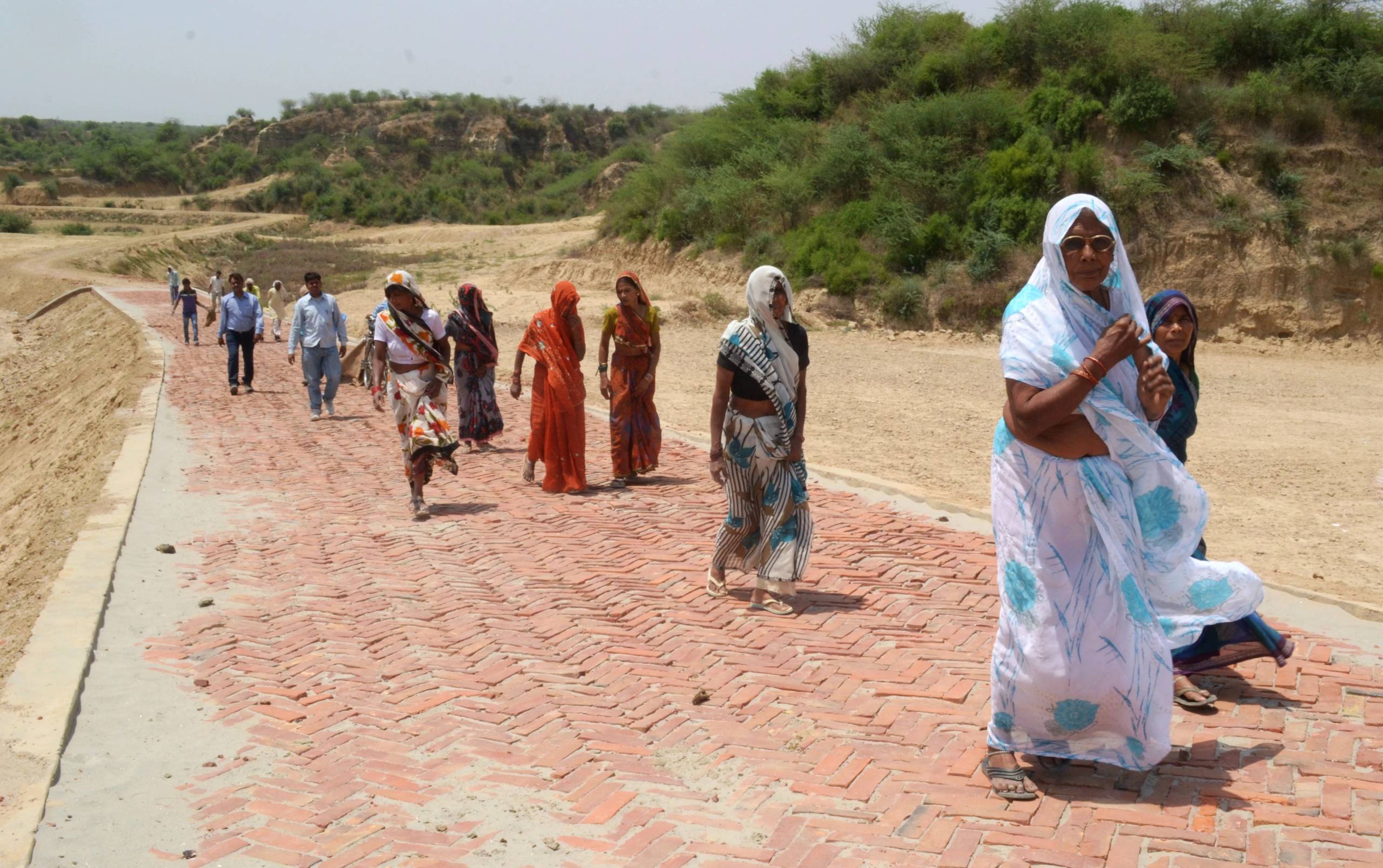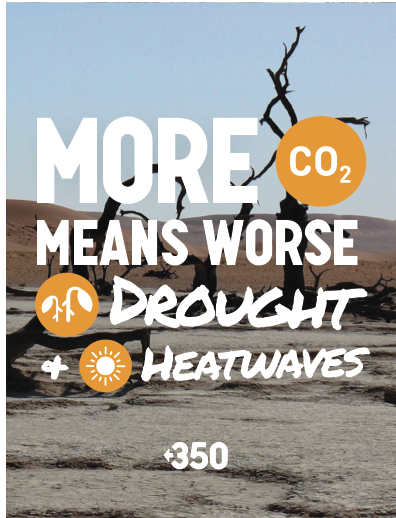Imagine a day when you turn on your faucet, and nothing flows out. Picture the reservoirs in your town, your state, your country, lying barren and parched under the blazing sun. Unsettling? Definitely. Yet, this is a scenario that many communities face due to droughts exacerbated by climate change and the continued use of fossil fuels.
Water is the most precious resource in the world. Almost every life form depends on it and has no substitute. We need it daily—for drinking, washing, growing food, and fueling industries. Access to clean and abundant water is not a privilege: it’s a basic human right. But the fossil-fueled climate crisis is causing droughts that threaten this right for countless communities around the world
What’s a drought?
Droughts are complex, so let’s break them down. There are three types: meteorological (when it doesn’t rain enough), hydrological (when water bodies such as rivers, lakes or reservoirs recede), and agricultural or ecological (when plants are starved of water).
In essence, a drought is a period during which conditions are drier than the average. Even though there’s no minimum amount of time needed for a dry period to be considered a drought, when we use that term we usually talk about a multi-year, or at least months-long period.

Community members walk through the parched Etawah district of Uttar Pradesh, India. Drought conditions, prevail in these regions, exacerbated by climate change
The complexity of droughts
Droughts are a recurrent and expected part of climate in many regions, such as the Mediterranean, Southern and Eastern Africa, the Middle East or the Western United States. Communities in these and other areas have adapted over the centuries to a certain periodicity in water-scarce periods. Using community-centred solutions such as small reservoirs, water recycling and rotative crops, humans have lived and thrived even in drought conditions. That is changing, as the climate crisis pushes even the most resilient communities to the brink.
Droughts are the product of several factors in a climate system. Let’s focus on the key element: heat. Heat is the engine that moves the whole water cycle. It’s what enables water evaporation, and what keeps moisture flowing and moving in the atmosphere. It’s also the element that is changing as the fossil-fueled climate crisis unfolds.
Here’s a more simple version: as the fossil fuel industry heats up our atmosphere, the water cycle gets supercharged, and rain patterns change. In some places, more water leaves the ground than it comes back in the form of rain. And through this perverse mechanism, relatively dry places become even dryer, while that water goes to other places, which then experience more rainfall (often in the form of destructive deluges).
The inequity of drought impacts
Droughts don’t affect all people equally. As with every other climate impact, droughts affect different communities differently. This unequal distribution of impacts is unfair, as those less responsible for the climate crisis suffer the most severe consequences.
According to the World Health Organization (WHO), droughts impact around 55 million people every year, and “it’s the most direct threat to livestock and crops in nearly every part of the world”. Therefore, people who depend on subsistence agriculture are among the most vulnerable to droughts.
The repercussions of drought, however, extend beyond agriculture. The effects of drought on crops and cattle often lead to an increase in food prices, disproportionately hurting impoverished communities. Women and girls in rural areas of the Global South, who are often responsible for fetching water for their families, are also more affected than men. Older people, people with existing health conditions, people without access to transportation, and people living in precarious or crowded housing also suffer more. In some cases, droughts might even force communities to migrate.

The role of fossil fuels in droughts
Ironically these underprivileged communities are often forced to share their lands with those who are directly responsible for droughts. The fracking industry, for example, uses massive amounts of water to extract oil and gas, all while polluting underground water resources, which worsens the climate crisis. The excessive use of water by rich communities and other extractive industries also worsen drought.
Areas that are prone to droughts are suffering these impacts more frequently and severely. This happens as atmospheric temperatures rise, disrupting the planetary water cycle. The main culprits here are CO2 and CH4 concentrations, which have exponentially grown due to widespread fossil fuel burning.
The increase in CO2 concentration in the atmosphere is irrefutably linked to fossil fuels. There isn’t any other possible source (not volcanos, not clouds, not solar cycles, nothing). CH4 is also massively linked to fossil fuels and land use change. Studies and data have provided ample and incontestable evidence: the debate is over.
The coal, oil and gas industries have made, and continue to make, massive profits from this unjust system, a perverse economic model that forces people to use fossil fuels. Reports have proven that they knew the damage they were causing since at least the 1970s, and that, instead of abandoning their business model, they actively worked to disinform the public. They still do. We keep burning fossil fuels because they choose (and they chose then) to use their power for that purpose.
Even though we can’t stop droughts completely, we can stop the fossil fuels industry. People around the world have been fighting to keep coal, oil and gas in the ground, to cut the financial flows that allow this industry to still exist and to push for a more equitable and clean future. If you haven’t yet, it’s time to add your voice and join the movement!
More from the Fossil Fuels Did This series:
- Fossil Fuels Did This: Heatwaves
- Fossil Fuels Did This: Tropical Cyclones
- Fossil Fuels Did This: Floods